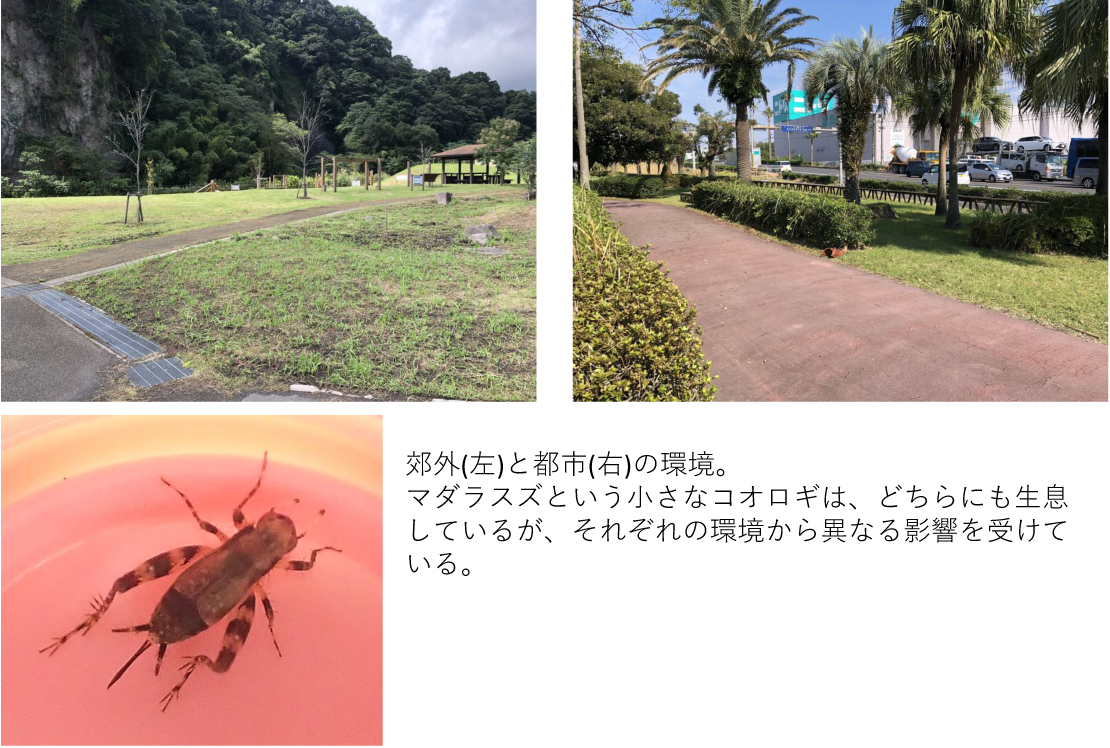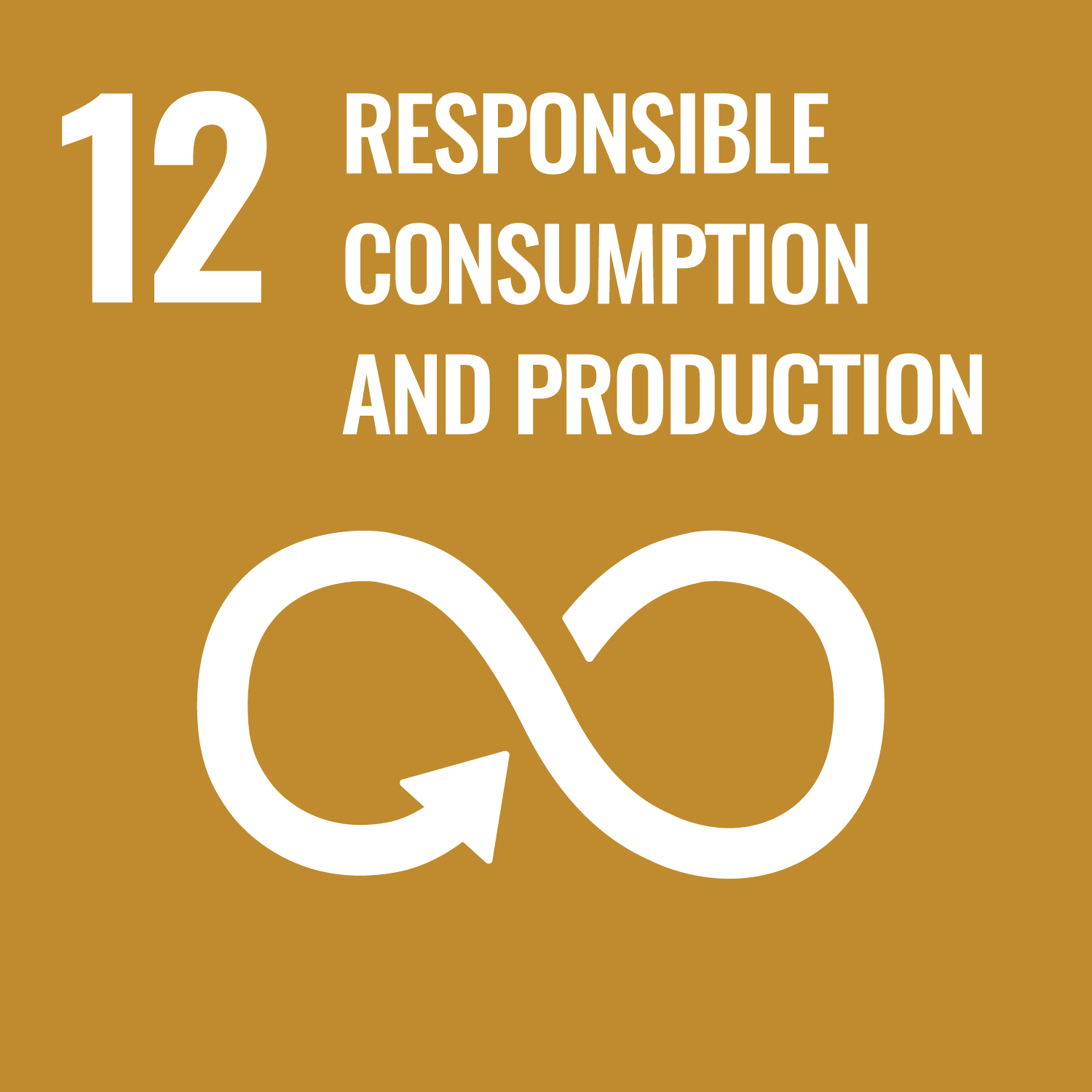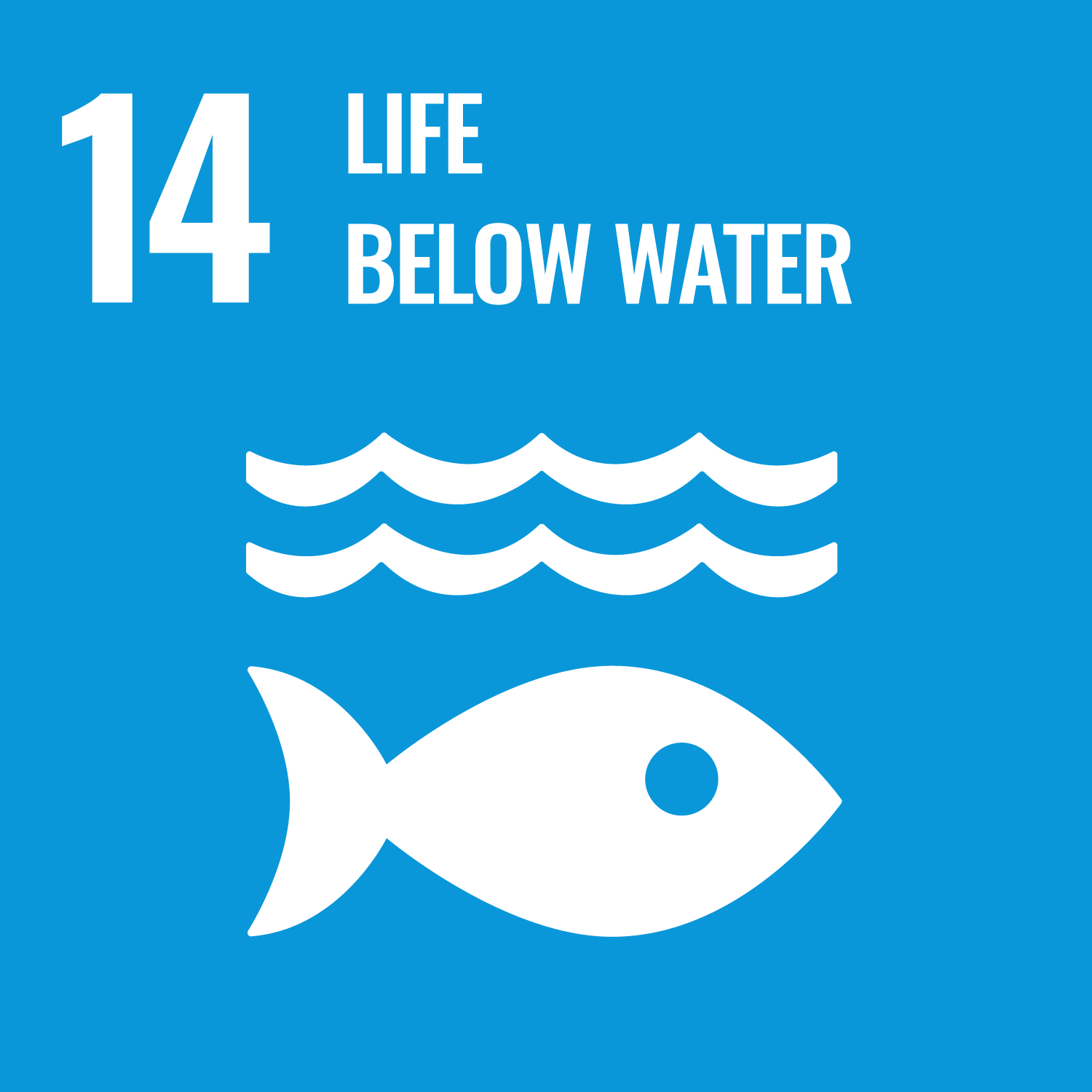To study the interactions between crickets and other organisms living on Amami Oshima Island and the Prefecture's mainland.
Science Education Seminar Zoology Research Class
KURIWADA Takashi
Background and objectives of activities
Amami Oshima Island is an area rich in biodiversity and has been designated a World Natural Heritage Site. Even small, inconspicuous insects live there and play an important role in the ecosystem. Among them are crickets, which do not attract much enthusiasm or attention from the general public. However, crickets are omnivores, eating both plants and animals, as well as many animals themselves. As such, they are at the center of the food chain and their role in the ecosystem cannot be ignored. However, the field ecology of crickets has not received much attention. Therefore, we are studying the ecology of crickets on Amami Oshima Island and the prefectural mainland as opposed to Amami Oshima Island and the prefectural mainland.
Summary of Activities
On Amami Oshima Island, two species of crickets, the Nettai Okame cricket and the Taiwan Emma cricket, live in the same grassy area. When kept in the laboratory, the netta-okame crickets lose out in competition with the emma crickets and their numbers decline. Through field surveys and indoor experiments, we are trying to understand why they are able to coexist in the field. We are also studying the ecology of crickets called hamasuzu, which are found only in very naturalistic coastal areas and have a body color similar to that of sand. We have learned that the mating behavior of this species is slightly different from that of other species. There was no quantitative information on what and how much crickets eat. We are currently using stable isotope analysis to elucidate the diet of crickets in the field.

Expected Benefits
By elucidating the ecology of crickets, which are thought to play an important role in the ecosystem, and their relationship with other organisms, including humans, we believe we can obtain basic information for ecosystem conservation. In addition, we may be able to uncover unexpected roles and ecologies of these organisms that have received little attention.
















